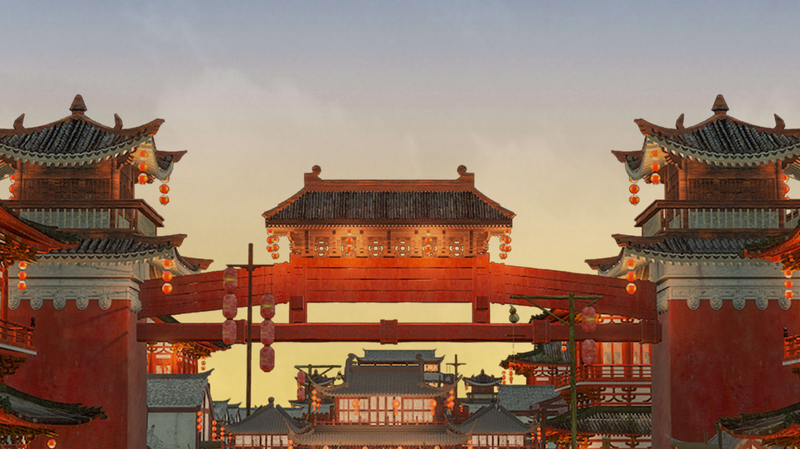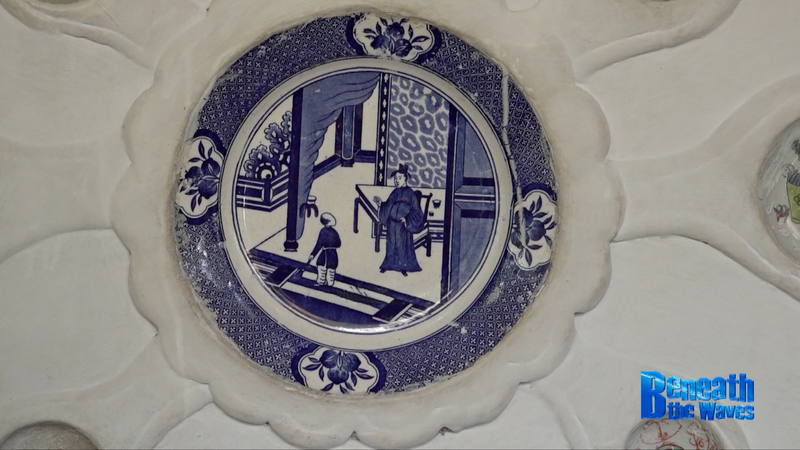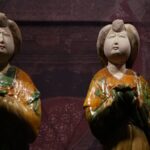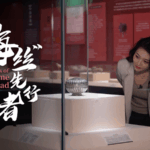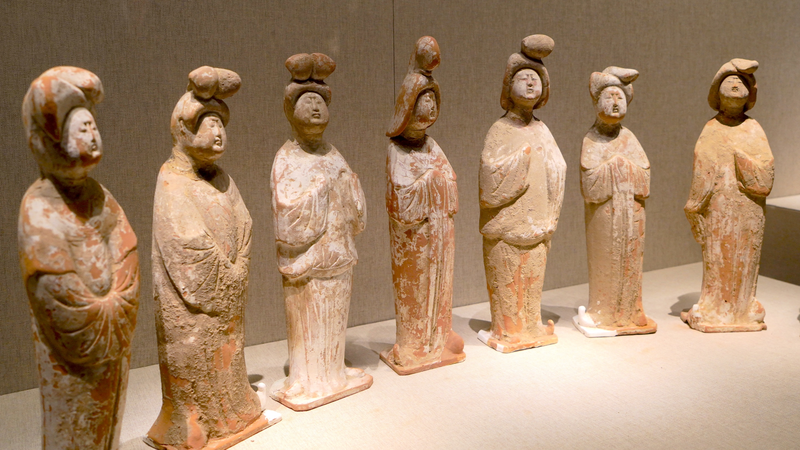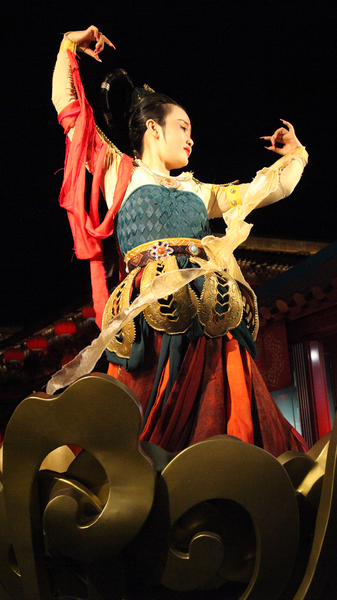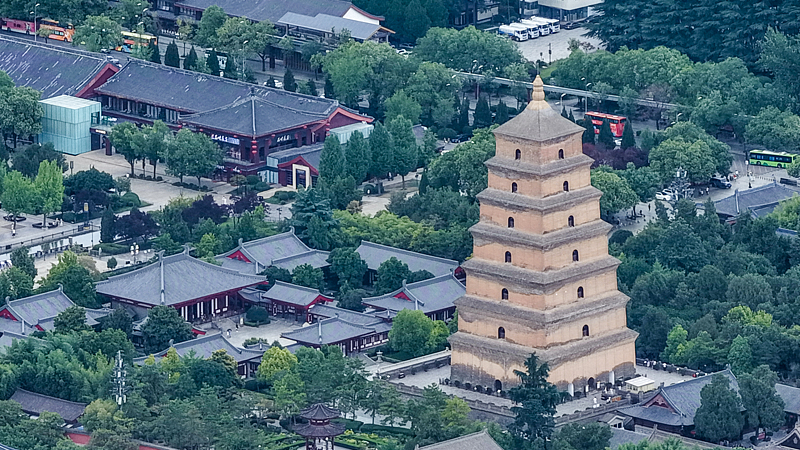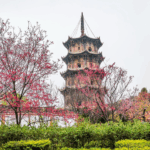In the heart of the Tang Dynasty (618–907), Chang'an stood as a beacon of intercultural exchange, its bustling markets and winding streets echoing with languages from across Eurasia. Today, its legacy offers a vivid lens into Asia's historical role as a global crossroads.
The city, now known as Xi'an, thrived as diplomats, traders, and scholars from Persia, the Byzantine Empire, India, and Central Asia mingled with local merchants. Caravans brought silverware from Constantinople, jade from Khotan, and spices from India, while Chinese silk and porcelain journeyed westward – tangible evidence of history's first major globalization wave.
Archaeological findings reveal workshops producing goods blending Chinese craftsmanship with Hellenistic motifs, underscoring Chang'an's role as both marketplace and creative laboratory. The 7th-century city layout, with its grid of 108 walled wards, reflected cosmopolitan values – Zoroastrian temples stood alongside Buddhist monasteries and Nestorian Christian churches.
This ancient hub's spirit resonates in modern Asia's economic corridors. As business professionals eye new opportunities in Central Asia's developing markets, Chang'an's story reminds us that cross-cultural collaboration has driven prosperity for millennia. For academic researchers, the city's multicultural governance models offer case studies in managing diversity.
The Tang capital's legacy continues through initiatives like the Belt and Road's digital silk roads and UNESCO's Creative Cities Network. For travelers walking Xi'an's reconstructed Ming-era walls or viewing Tang-era artifacts at Shaanxi History Museum, history becomes tactile – a bridge between Asia's past and its dynamic present.
Reference(s):
Chang'an: The global hub where East met West on the Silk Road
cgtn.com
